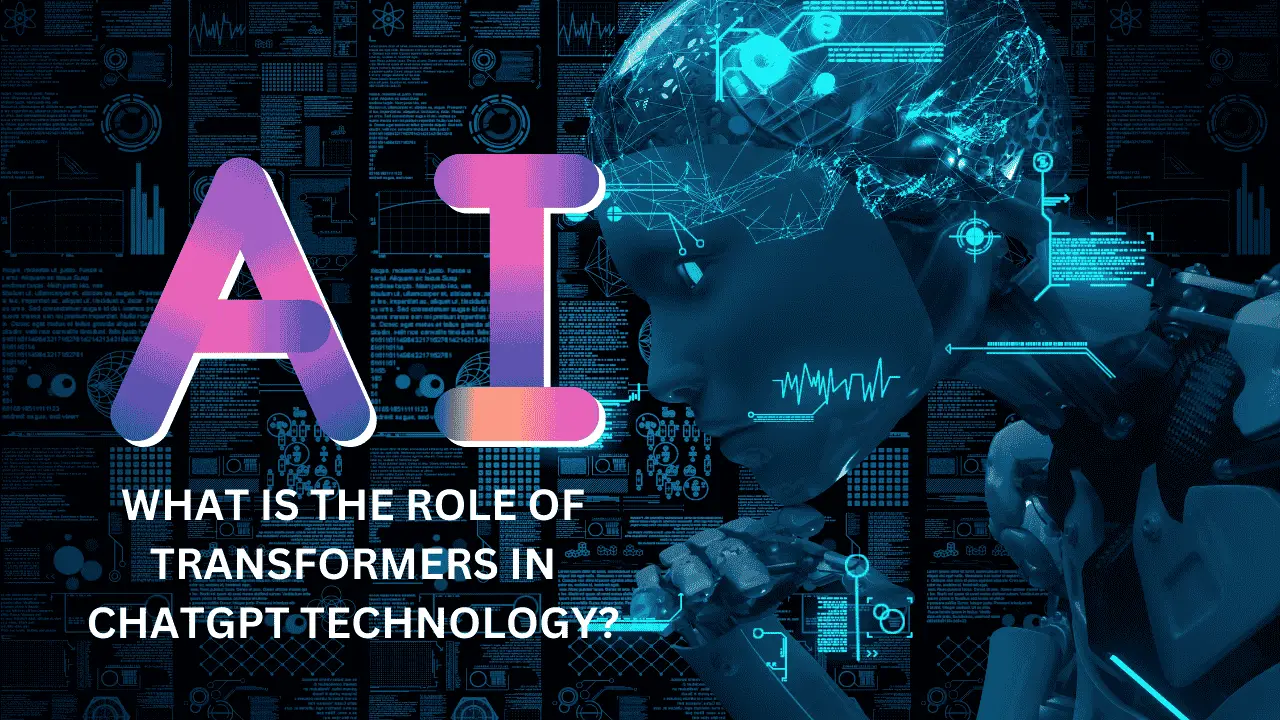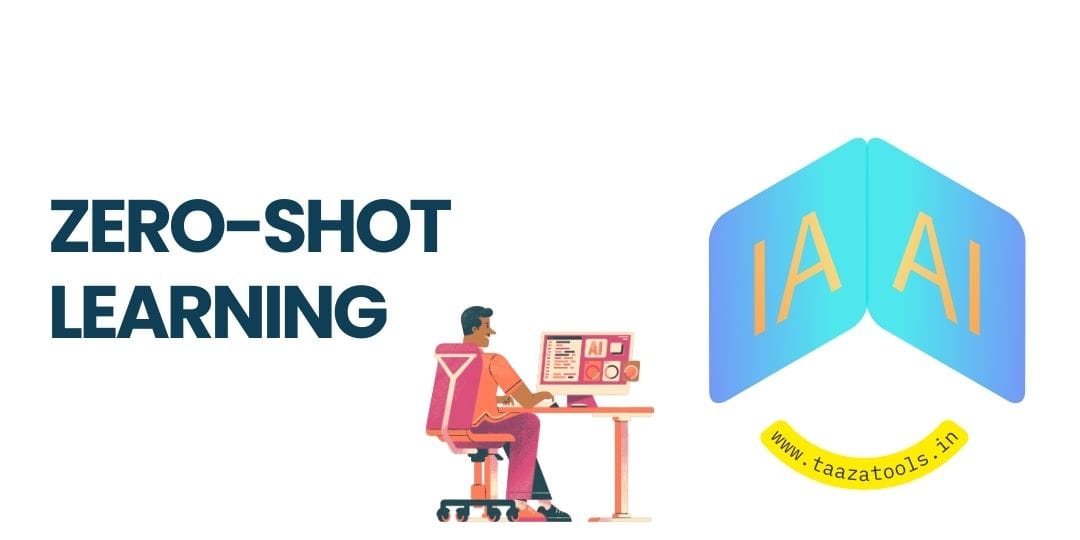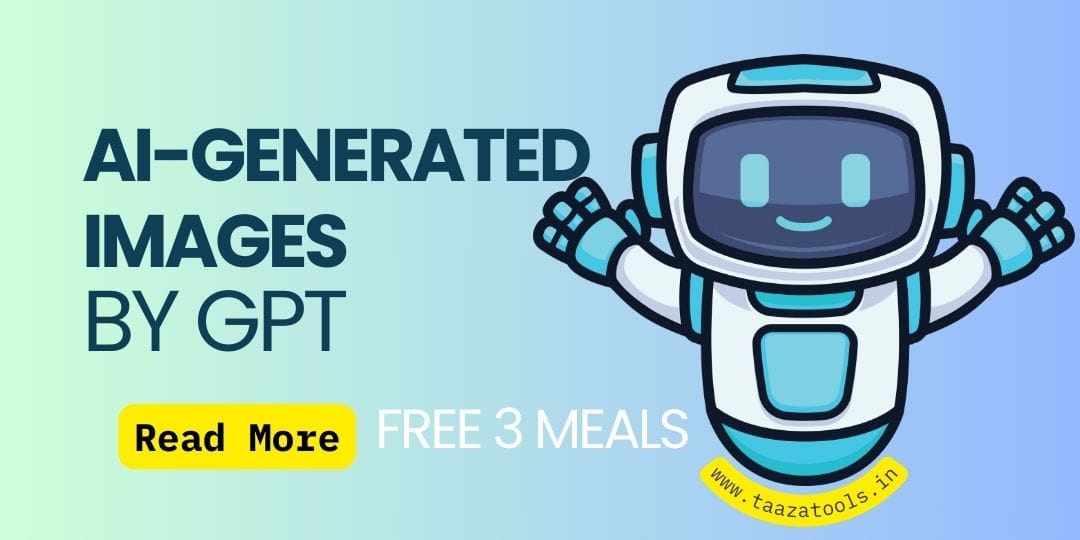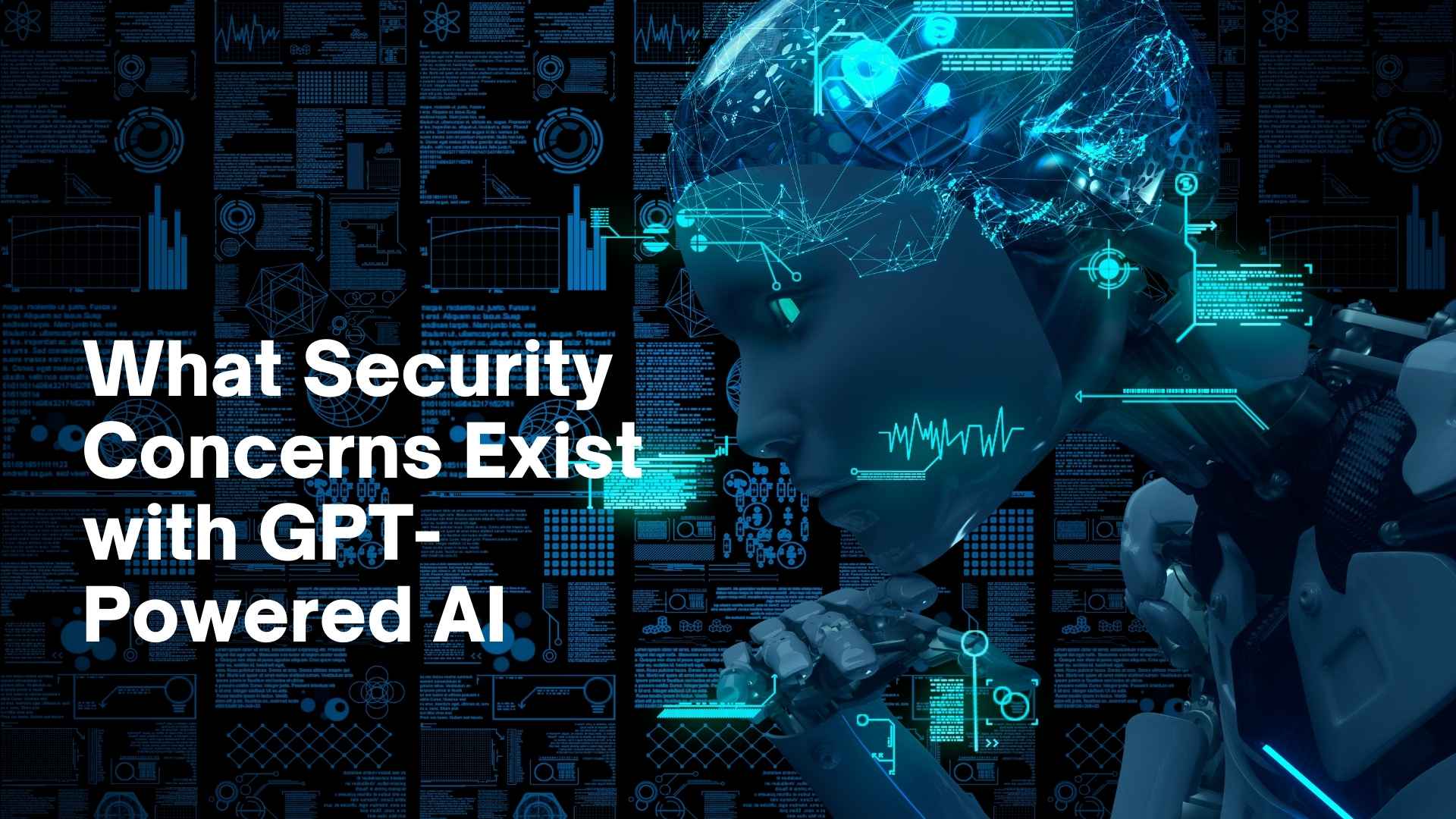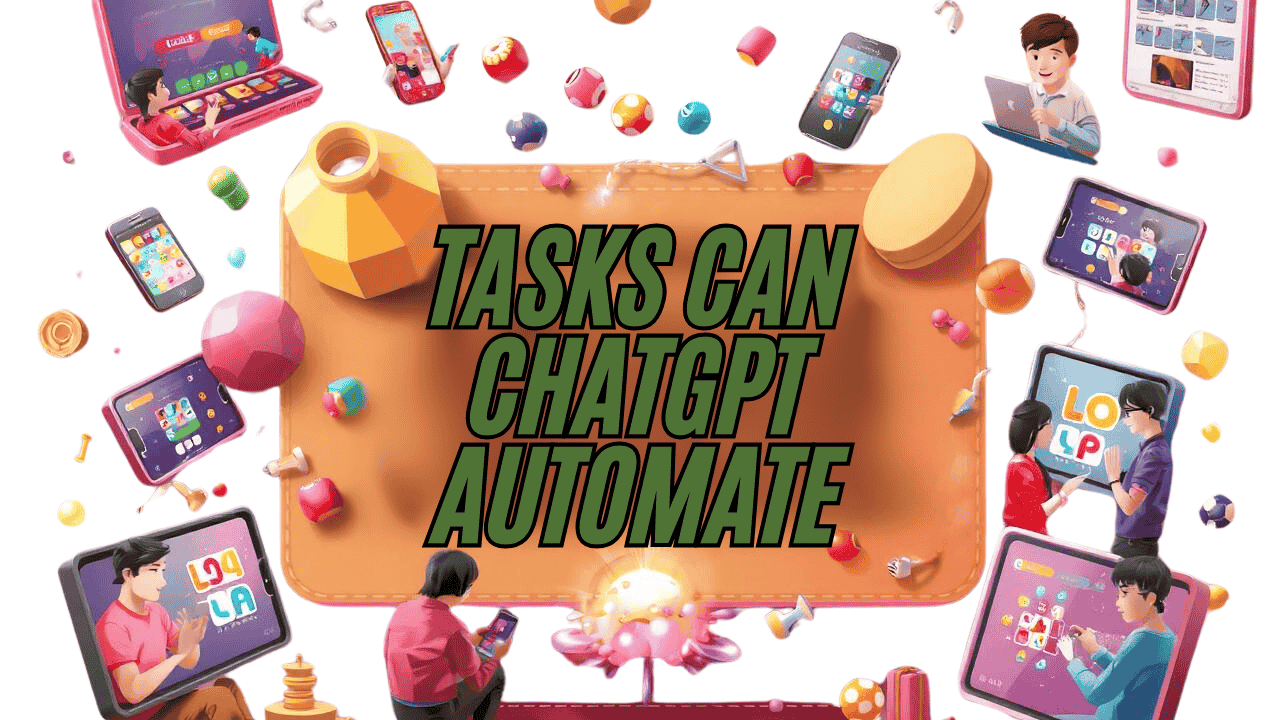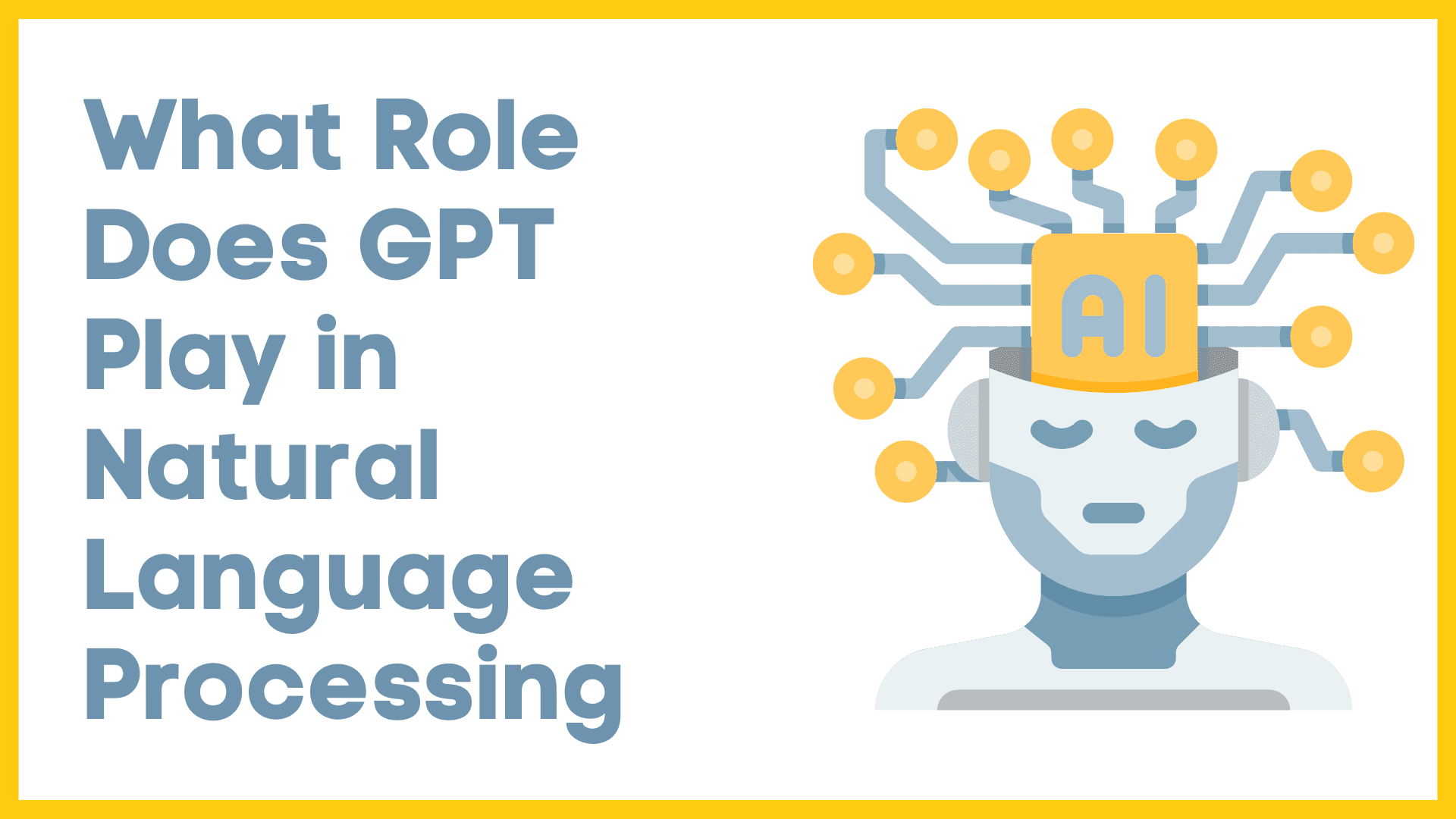You’ve probably heard about ChatGPT by now, right? The AI chatbot that’s making waves all over the world? Well, ChatGPT is built on a special kind of tech called transformers, which plays a huge role in making it so smart and conversational. But what exactly are transformers, and why are they so essential to GPT technology?
In this article, I’ll break it all down for you in plain, everyday language. Let’s dive into the basics of transformers and why they’re such a game-changer for ChatGPT.
What Are Transformers?
Alright, let’s start with the basics. When we say “transformers” in the context of ChatGPT and AI, we’re not talking about robots from some action movie. Instead, transformers are a type of neural network architecture designed to process data in a way that captures the relationships between words, sentences, and ideas in a super-efficient manner.
Think of transformers like a translator between the language of data and the responses we humans understand. Traditional neural networks process information step-by-step in sequence, but transformers allow GPT models like ChatGPT to consider multiple pieces of information simultaneously. This makes the whole process of generating responses way faster and more accurate.
Transformers use something called “attention mechanisms” to focus on important parts of the input while ignoring the less important stuff. This is kind of like how when you’re talking to someone, your brain focuses on the important words that change the meaning of what they’re saying, while filtering out filler words like “um” and “uh.”
In short, transformers are the brain of ChatGPT—they power everything!
The Relationship Between GPT and Transformers
So, now you might be wondering how transformers fit into GPT technology. Let’s break that down!
GPT stands for “Generative Pretrained Transformer.” Yep, the word “transformer” is right there in the name! The GPT architecture, which powers ChatGPT, is based on transformers. What makes GPT unique is its ability to generate coherent, human-like responses based on a massive amount of pre-learned data.
Here’s how the connection works: The GPT model is built on layers of transformers. These layers help the model understand the structure of language and relationships between words. When you ask ChatGPT a question, the transformers work together to process your input and predict the most likely next word, sentence, or idea based on everything it’s learned from its training data.
Transformers are the secret sauce behind the scenes, making sure ChatGPT understands the context, tone, and intent of your queries. They’re the reason ChatGPT can handle everything from casual chit-chat to complex discussions.
How Attention Mechanisms Boost Performance
Let’s get a bit more into the weeds here. One of the most important features of transformers is their attention mechanism. This is what really sets transformers apart from older types of neural networks.
Attention mechanisms help the GPT model figure out which parts of the input are the most relevant to the task at hand. In other words, transformers focus on the most important parts of a sentence or paragraph, while still keeping an eye on the big picture.
For example, if you ask ChatGPT a long and detailed question, the attention mechanism will allow the model to focus on the key parts of your question while still considering the overall context. This is a huge reason why ChatGPT is so good at understanding complex inputs and generating detailed, coherent responses.
Without transformers and their attention mechanisms, GPT models wouldn’t be nearly as powerful or versatile as they are today.
Why Transformers Make GPT Technology Scalable
Now, here’s where it gets even cooler. One of the reasons transformers are such a big deal for GPT technology is that they make scaling the model much easier.
Because transformers don’t rely on processing data in a strict sequence, they can handle much larger datasets. This is a big reason why models like ChatGPT can handle such massive amounts of data and learn from them effectively.
When OpenAI trains GPT models, they feed the model huge amounts of text from books, websites, and other sources. Thanks to transformers, the model can process all this data efficiently and understand the relationships between words and ideas, even across long paragraphs or entire documents. This scalability is what allows ChatGPT to be so knowledgeable and responsive across a wide range of topics.
So, in a nutshell, transformers make it possible to train much larger models like ChatGPT, allowing them to become smarter and more capable over time.
Conclusion
To sum it all up, transformers play a critical role in GPT technology and are the reason why ChatGPT is as powerful and responsive as it is. They’re responsible for how the model processes information, understands context, and generates human-like responses.
Transformers revolutionized AI by introducing attention mechanisms, which allow ChatGPT to focus on the most important parts of your input. Plus, they make the whole system scalable, enabling larger and more powerful models.
Without transformers, ChatGPT wouldn’t be the impressive, conversational AI tool we know and use today. So next time you’re chatting with ChatGPT, just remember, it’s those clever transformers working behind the scenes, making the magic happen!

